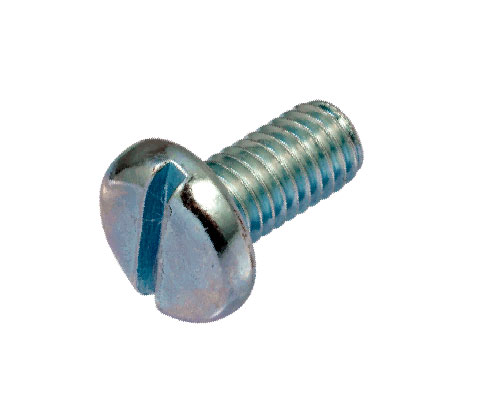Hardware for A Comprehensive Handbook for Scaffolding
페이지 정보

본문
Construction sites and scaffolding require various types of hardware to maintain safe and efficient operation. Hardware play a vital part in assembling and supporting scaffolds, enabling labourers to access high locations and complete tasks with efficiency.
However, choosing the right type of hardware is vital to avoid incidents, disruptions, and additional expenses.
There exist several types of fasteners commonly used in scaffolding and construction sites, each with its own benefits and uses. Here are some of the most popular types of fasteners:
Scaffolding Clamps or Tube Couplers: These are used to attach scaffolding tubes to each other or to a structure. They work by connecting with the tube, which then locks the nut into place, securing and stable connection.
Scaffold Pins or Clamps: These are used to join two or more scaffolding tubes together, often in situations where a more solid connection is required. Pins are driven into pre-drilled holes, securing the scaffolding in place.
Connectors or Elbows: These are permanent connections used to link scaffolding tubes, allowing for continuous run of scaffolding. Couplers come in different sizes, material types, and bore sizes to meet various scaffolding applications.
Eye Bolts: Eyebolts are used to create anchor points, often in situations where it's necessary to suspend loads such as pipes or cables. They are secured to concrete or masonry and should be designed for метизы каталог товаров цены specific loads.
Heavy-Duty Hardware: These include turnbuckles, clevis hooks, hooks and other hardware used to secure equipment and loads.
When fasteners for scaffolding and construction sites, it's essential to consider factors such as the intensity of loading, type of material being used for the scaffolding structure, and environmental conditions. All fasteners must meet specified standards, safety standard requirements, and regulatory guidelines.
 Additionally, choosing low maintenance fasteners can minimize labor costs and overall site downtime. Regularly inspecting and replacing worn or broken hardware is likewise important to ensure safety and site compliance.
Additionally, choosing low maintenance fasteners can minimize labor costs and overall site downtime. Regularly inspecting and replacing worn or broken hardware is likewise important to ensure safety and site compliance.
Through being aware of the different types of fasteners and selecting them appropriately, construction and scaffolding professionals can guarantee safe, efficient, and high-quality outputs.
However, choosing the right type of hardware is vital to avoid incidents, disruptions, and additional expenses.
There exist several types of fasteners commonly used in scaffolding and construction sites, each with its own benefits and uses. Here are some of the most popular types of fasteners:
Scaffolding Clamps or Tube Couplers: These are used to attach scaffolding tubes to each other or to a structure. They work by connecting with the tube, which then locks the nut into place, securing and stable connection.
Scaffold Pins or Clamps: These are used to join two or more scaffolding tubes together, often in situations where a more solid connection is required. Pins are driven into pre-drilled holes, securing the scaffolding in place.
Connectors or Elbows: These are permanent connections used to link scaffolding tubes, allowing for continuous run of scaffolding. Couplers come in different sizes, material types, and bore sizes to meet various scaffolding applications.
Eye Bolts: Eyebolts are used to create anchor points, often in situations where it's necessary to suspend loads such as pipes or cables. They are secured to concrete or masonry and should be designed for метизы каталог товаров цены specific loads.
Heavy-Duty Hardware: These include turnbuckles, clevis hooks, hooks and other hardware used to secure equipment and loads.
When fasteners for scaffolding and construction sites, it's essential to consider factors such as the intensity of loading, type of material being used for the scaffolding structure, and environmental conditions. All fasteners must meet specified standards, safety standard requirements, and regulatory guidelines.
 Additionally, choosing low maintenance fasteners can minimize labor costs and overall site downtime. Regularly inspecting and replacing worn or broken hardware is likewise important to ensure safety and site compliance.
Additionally, choosing low maintenance fasteners can minimize labor costs and overall site downtime. Regularly inspecting and replacing worn or broken hardware is likewise important to ensure safety and site compliance.Through being aware of the different types of fasteners and selecting them appropriately, construction and scaffolding professionals can guarantee safe, efficient, and high-quality outputs.
- 이전글Aesthetic Cosmetic Injectable Treatments near Shalford, Surrey 25.03.29
- 다음글미래를 쓰다: 혁신과 열정의 이야기 25.03.29
댓글목록
등록된 댓글이 없습니다.